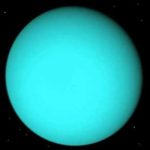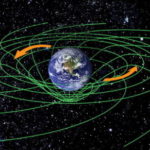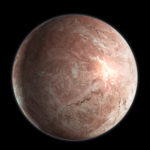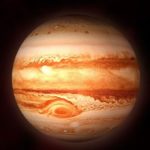Interesting facts about space
 The boundless, boundless space is a phenomenon unknown and beautiful, though at times even frightening. Space serves as a source of inspiration for writers and directors, while remaining as mysterious and mysterious. But it’s so easy to see it – enough to cloudless at night to look up to the sky.
The boundless, boundless space is a phenomenon unknown and beautiful, though at times even frightening. Space serves as a source of inspiration for writers and directors, while remaining as mysterious and mysterious. But it’s so easy to see it – enough to cloudless at night to look up to the sky.
With the help of special equipment you can hear the sounds produced by space bodies, such as stars and planets.
ISS is the most expensive object ever built by mankind.
The dog Laika was the first terrestrial creature to have been in space.
The size and age of the universe lie beyond the limits of normal human understanding.
In zero-gravity, the flame propagates in all directions at once.
Most of the stars in the observable part of the universe are red dwarfs. They are noticeably less hot than yellow dwarfs like our Sun.
Some bacteria grow much more actively in a state of weightlessness. rather than on Earth.
The sun is about 99.8 percent of the mass of our entire system.
The gas cloud in the constellation Eagle contains a huge amount of ethanol, that is, in fact, alcohol.
At present, astronomers have discovered about two thousand exoplanets located in other stellar systems.
Stars and planets make up only about 5 percent of the mass of the universe. Where do the rest 95%, is still unknown.
In our Galaxy alone, about forty new stars appear each year.
The sun is not the most powerful star in terms of radiation, but it also loses about a billion kilograms of mass every second due to the solar wind, which carries away its particles.
The Earth’s mass increases by about two billion tons every thousand years due to the cosmic dust falling on its surface.
The stars of the famous Big Dipper are actually in different galaxies.
The density of some gas giants, for example, Saturn, is less than the density of water.
Metal objects in outer space can spontaneously weld to each other, but this in certain cases does not occur, since the metal is oxidized even on Earth.
People snoring during sleep on Earth do not snore in space, in a state of weightlessness.
In the observable part of the universe there are more than one hundred billion galaxies. Yes, it is galaxies.
The closest to the Milky Way galaxy – Andromeda, but also to it about two million light years.
Every day, about two hundred thousand meteorites fall on the Earth, but almost all of them burn in the atmosphere.
In orbit around the Earth there are about eight thousand objects. Basically it’s all kinds of debris and space debris.



























